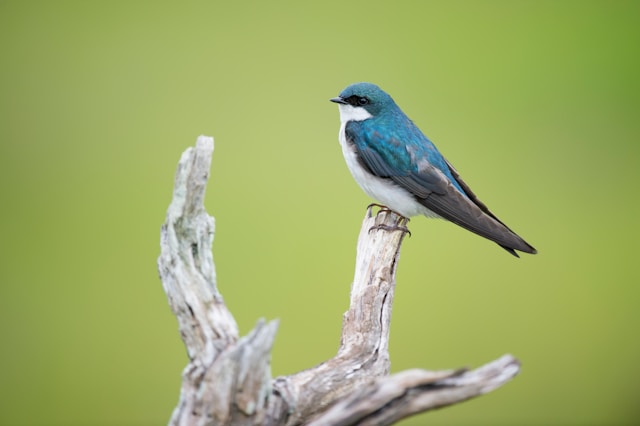Introduction
Climate change poses significant challenges to the delicate ecosystems of New Zealand, affecting various aspects of the country’s biodiversity, including its unique bird species. As global temperatures rise and weather patterns shift, the habitats that birds depend on for nesting, feeding, and migration are being altered, leading to profound impacts on their populations. This article examines the specific ways in which climate change is affecting New Zealand’s bird species and explores the strategies being employed to mitigate these effects.
Impact on Habitat
One of the primary impacts of climate change on New Zealand bird species is the alteration of their habitats. Rising temperatures and changing precipitation patterns can disrupt the availability of food sources and nesting sites. For example, species such as the kiwi, which rely on specific forest types and soil conditions, may face challenges as their habitats become drier or more prone to invasive species. Coastal birds, like the endangered New Zealand dotterel, are vulnerable to sea-level rise and storm surges that erode nesting areas and disrupt feeding grounds.
Shifts in Migration Patterns
Climate change also affects the migratory patterns of many bird species in New Zealand. Warmer temperatures can alter the timing of seasonal events, such as flowering and insect emergence, which migratory birds rely on for food during their journeys. Changes in wind patterns and ocean currents may further complicate migration routes, leading to longer and more hazardous journeys. For species like the bar-tailed godwit, which undertake some of the longest non-stop migrations in the avian world, these changes can have dire consequences for their survival.
Adaptation Challenges
New Zealand’s endemic bird species face unique challenges in adapting to rapid climate change. Unlike continental birds, which may have the option to shift their ranges northward or to higher elevations, many of New Zealand’s native birds are already restricted to specific habitats due to the country’s isolated geography. This limits their ability to find suitable alternative habitats as their current environments become less hospitable. Conservation efforts often focus on creating corridors between habitats and establishing predator-free sanctuaries where birds can thrive despite changing conditions.
Conservation Efforts
Despite these challenges, there are ongoing efforts to protect and conserve New Zealand’s bird species in the face of climate change. Conservation organizations work to restore and protect habitats, control invasive species, and reduce human disturbances that can exacerbate the effects of climate change. Research into the adaptive capacities of different species helps inform conservation strategies, such as captive breeding programs and translocation efforts to establish new populations in safer habitats.
Conclusion
In conclusion, climate change poses significant threats to New Zealand’s unique bird species, impacting their habitats, migration patterns, and overall survival. While the challenges are daunting, ongoing conservation efforts and scientific research offer hope for mitigating these impacts and ensuring a future where New Zealand’s birds continue to thrive. By addressing the root causes of climate change and implementing effective conservation measures, we can protect these precious species for generations to come.
